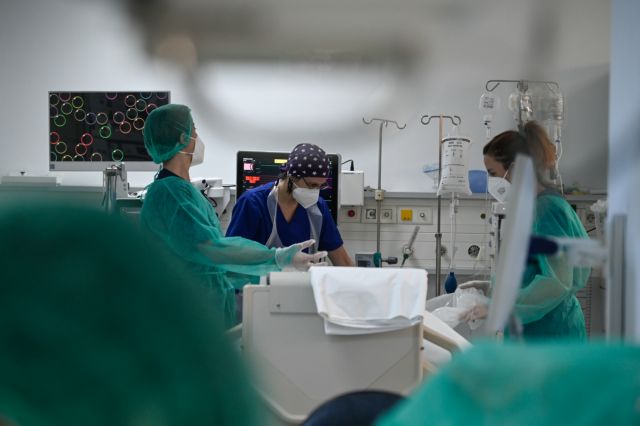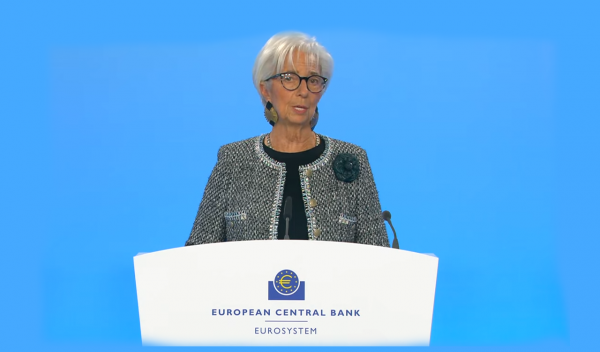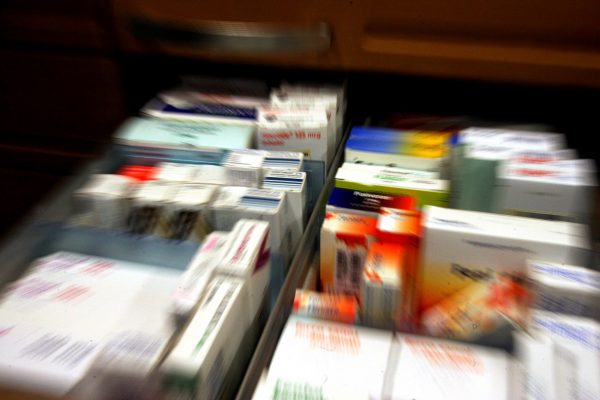
At least one more uphill 10-day period is predicted by the prognostic models for the epidemiological course of our country. However, by collecting data from countries where Omicron has completed its sweeping course, scientists hope that the rule of the abrupt fall that characterizes the new mutation will apply in our country as well. The case of South Africa is indicative, with the epidemiological curve of Omicron differing significantly from that of the Delta, forming a sharp inverted “V” that indicates the acute but brief passage.
Thus, based on the above, the predictions show that the predominant scenario is that the peak and de-escalation of Omicron will occur within January, a fact that, if verified, will go down in history, as it will be the shortest pandemic wave.
Cases-intubation
This, however, does not mean, according to experts, that it will be less severe for the NHS, as the same models show that by the end of this month the number of intubated patients may rise to or even exceed 800. In more detail and according to Nikos Tzanakis, professor of Pulmonology at the Medical School of the University of Crete, the good scenario wants the peak of the fifth wave from January 18 to 22, with the average number of cases reaching 50,000 per day.
The bad scenario, as he analyzes in “NEA” newspaper, is for the curve to reach a plateau from 22 to 25 January. And although the two scenarios are a few calendar days apart, the time that separates them works as the “fuel” that will increase the average daily cases to 55,000 to 60,000. Nevertheless, there are still several asterisks. “In order to have a clearer picture, any effects from the celebration of the New Year and the Epiphany must first be incorporated,” the professor explains.
Reopening of schools
Respectively, another unbalanced factor that blurs the landscape is the reopening of schools. It is indicative that the participation of minors in spreading the disease during the holidays (when the schools were closed) was reduced to 13% from 25% (when there was student activity) resulting in fears of a resurgence.
Meanwhile, another point that seems to concern epidemiologists and infectious disease specialists is the fact that Omicron has not displaced the Delta variant, which may be clearly less contagious, but is responsible for a more serious illness. More specifically, it is estimated that to date 10% -15% of daily cases are due to the Indian strain, which translates into 3,000-5,000 infections per 24 hours. The result is that pressure on the NHS is maintained, at a time when scientists are evaluating the impact of Omicron on the health system every day that passes.
Latest News

DM Dendias: We talk With Turkey But We Always Bring Up Their Unacceptable Positions
Second and last day of closely watched conference, entitled 'Metapolitefsi 1974-2024: 50 Years of Greek Foreign Policy', also included appearances by PM Mitsotakis, Ex-PM Tsipras and PASOK leader Nikos Androulakis, among others

Rhodes Airport Tops Fraport Greece’s Regional Airports in 2024 Performance
According to Fraport's data, more than 35 million passengers (specifically 35.2 million) were handled by Fraport-managed airports during the 11 months.

European Central Bank Cuts Interest Rates by 25 Basis Points
It is the fourth cut of interest rates by Europe’s central bank, a move expected by the markets and financial analysts leading to the rate settling at 3%.

Airbnb: New Measures Add €600 in Extra Costs for Property Owners
Property managers face an immediate administrative fine of 5,000 euros if access to the inspected property is denied or any of the specified requirements are not met.

Economist: Greece Included in the Best Performing Economies in 2024
Meanwhile, Northern European countries disappoint, with sluggish performances from the United Kingdom and Germany.

EasyJet Expands Its Routes from Athens
The airline’s two new routes will be to London Luton and Alicante and they will commence in summer 2025.

Capital Link Forum Highlights Greece’s Economic Resurgence; Honors BoG Gov Stournaras
Capital Link Hellenic Leadership Award recipient, Bank of Greece Gov. Yannis Stournaras, an ex-FinMin, was lauded for his pivotal role during Greece’s economic recovery

Tourist Spending in Greece Up by 14%, Visa Card Analysis Shows
Greece’s capital Athens emerged as the most popular destination, recording a 17% increase in transactions with Visa cards, surpassing even the cosmopolitan island of Mykonos.

Inflation in Greece Unchanged at 2.4% in Nov. 2024
The general consumer price index (CPI) posted a 0.4% decrease in November compared to the previous month

2024 Christmas Holidays: Extended Shop Hours Schedule
The 2024 Christmas Holidays extended shop hours schedule commences on Thursday, December 12 and runs until the end of the year.

![Φυσικό αέριο: Δυναμικό come back του LNG στην Ελλάδα [γραφήματα]](https://www.ot.gr/wp-content/uploads/2023/01/OT_naturalgas-90x90.jpeg)












![Fraport: Πάνω από 35 εκατ. επιβάτες στα αεροδρόμια το 11μηνο – Πτώση στη Μύκονο [πίνακας]](https://www.ot.gr/wp-content/uploads/2022/06/fraport-90x90.jpg)


















![Φυσικό αέριο: Δυναμικό come back του LNG στην Ελλάδα [γραφήματα]](https://www.ot.gr/wp-content/uploads/2023/01/OT_naturalgas-600x474.jpeg)








 Αριθμός Πιστοποίησης Μ.Η.Τ.232433
Αριθμός Πιστοποίησης Μ.Η.Τ.232433